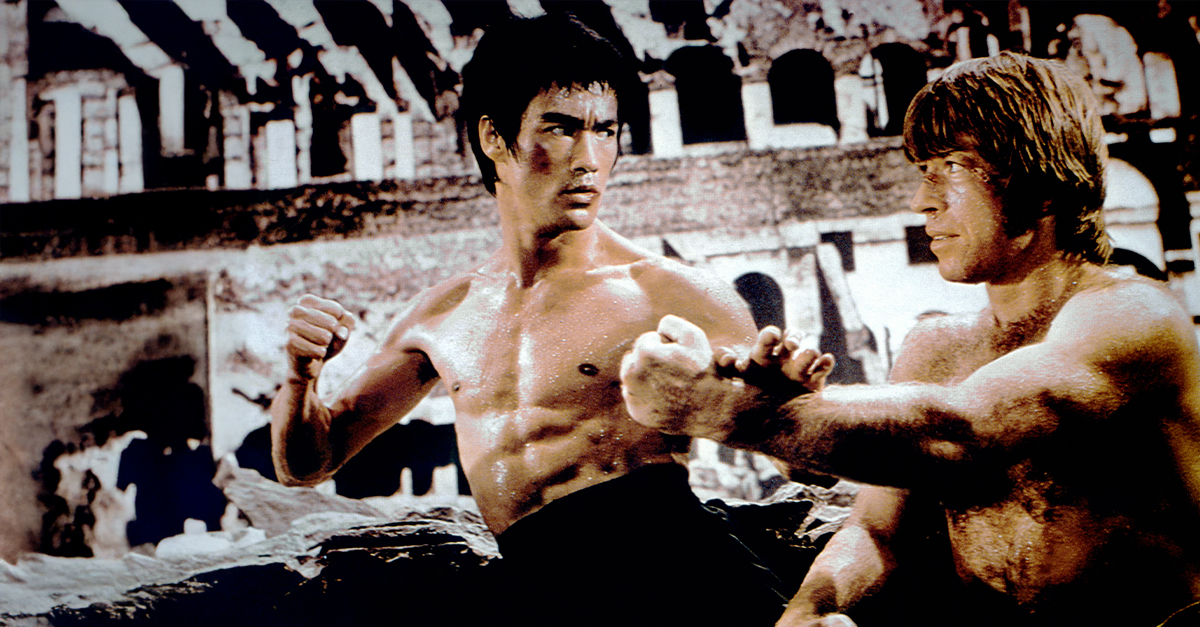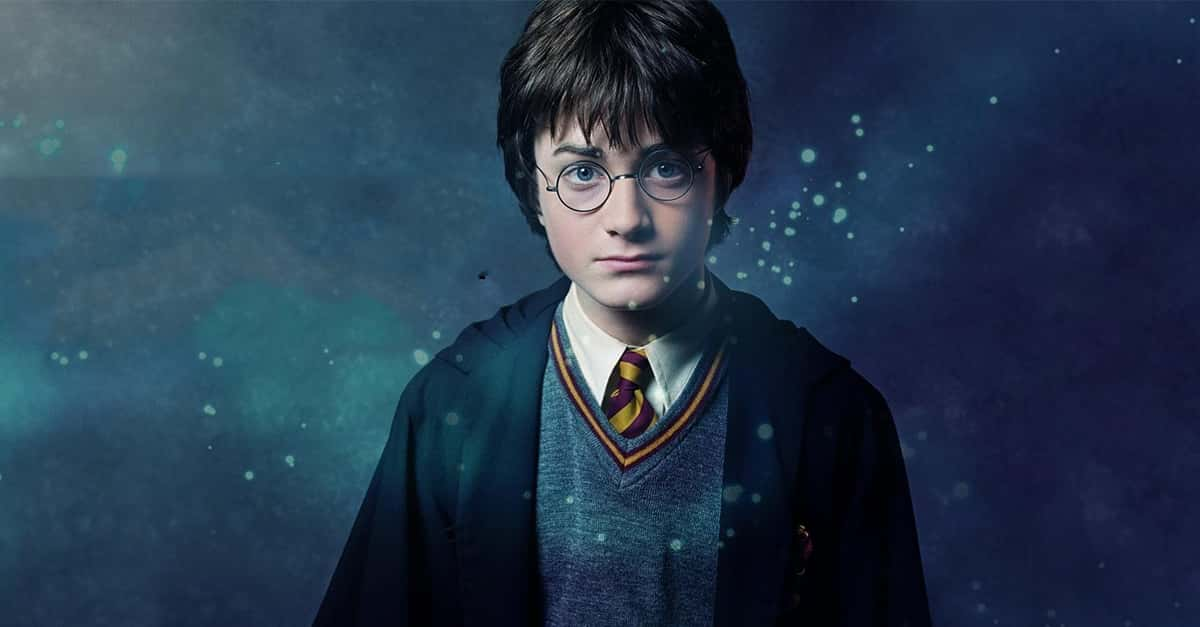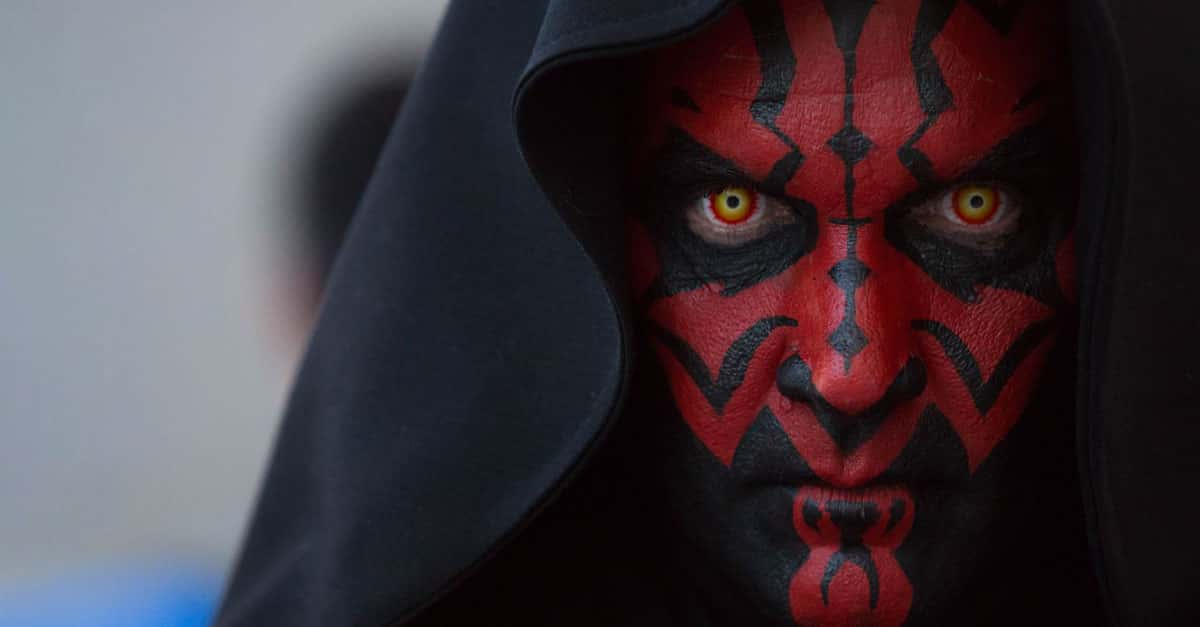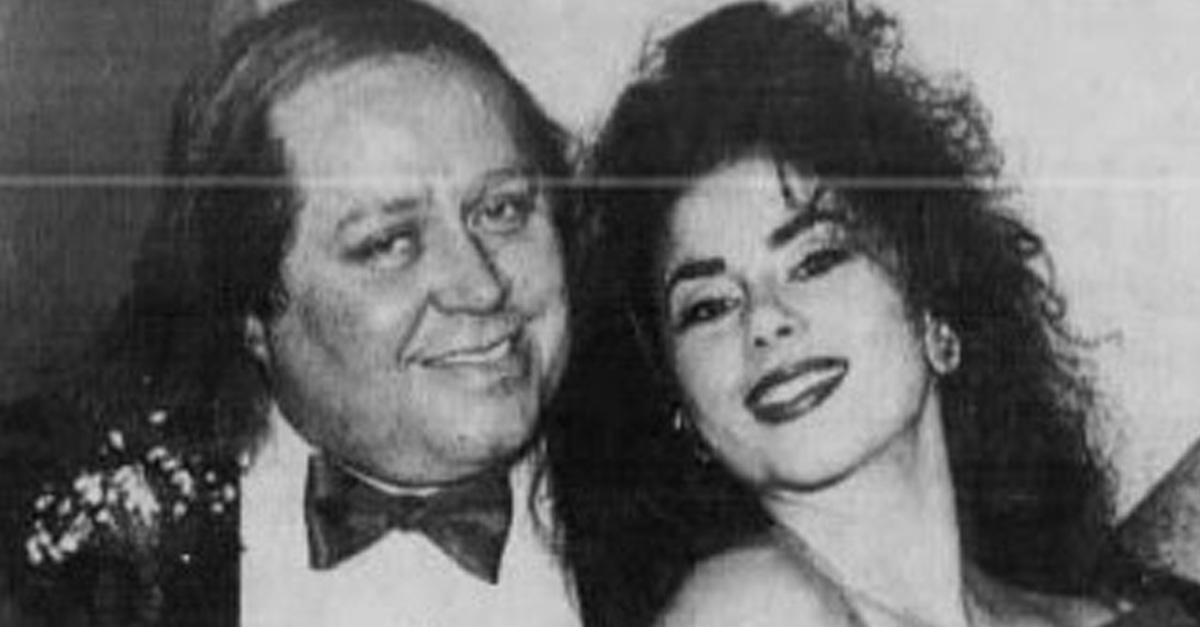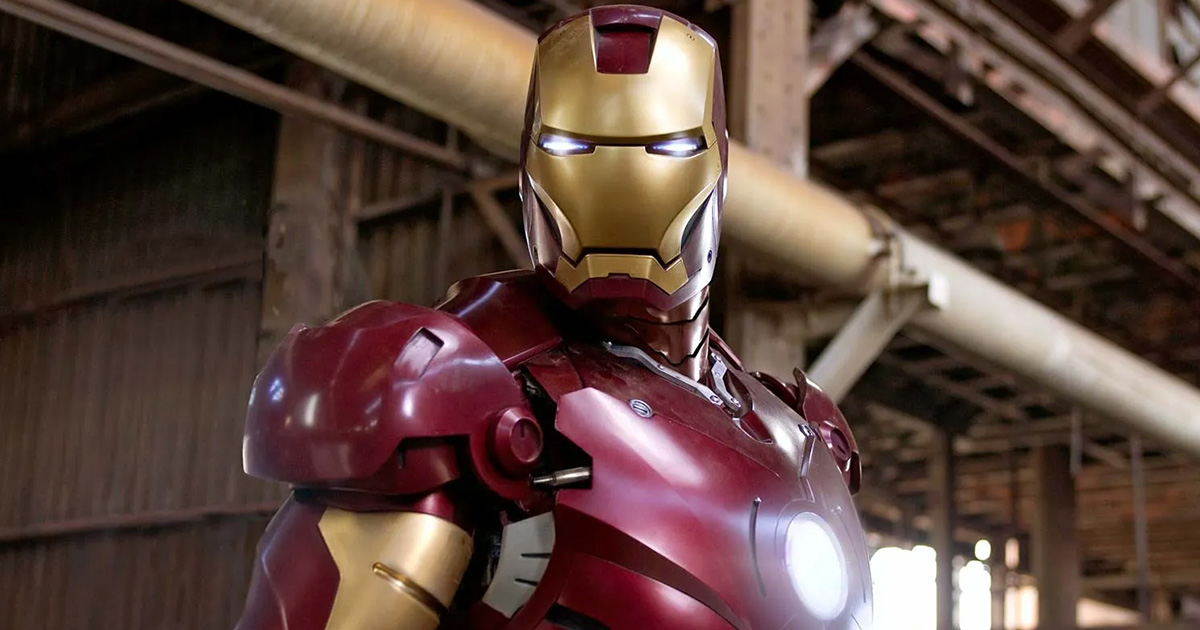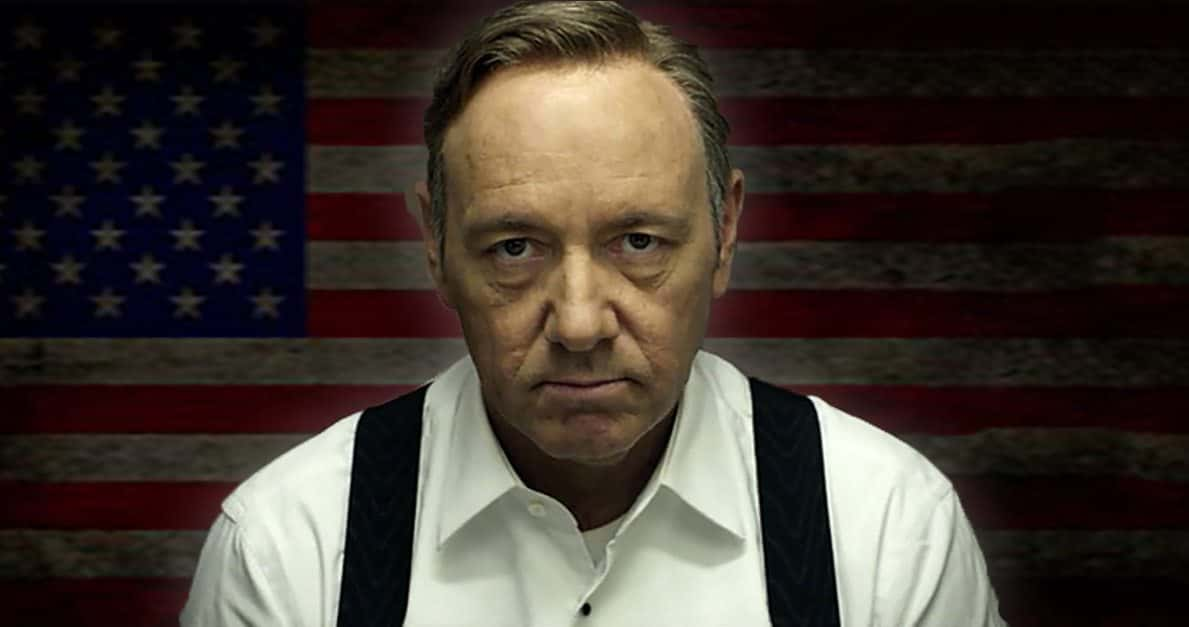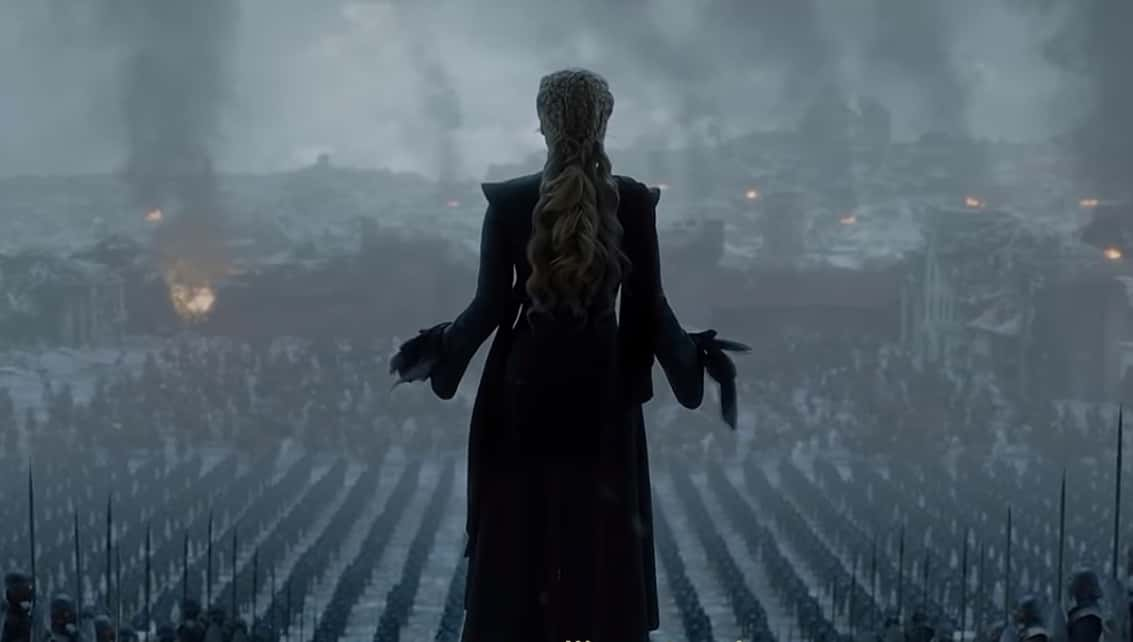Tradition And Innovation
The finest films in martial arts cinema blend philosophy, combat, and spectacle to tell unforgettable stories. From classic kung fu to modern MMA thrillers, these 25 films defined the genre and inspired its practitioners to new heights of physical and mental power. Each entry here appears across multiple “best of” lists, representing both classic martial arts legacy and fascinating bursts of innovation.

Enter the Dragon (1973)
Bruce Lee’s Enter the Dragon is still the martial arts movie benchmark: a fusion of intrigue, philosophy, and explosive fights. Lee’s personal magnetism carries the film, and the island mission plot gives variety to its battles. Fans and critics often still cite this one as the gold standard of the genre.
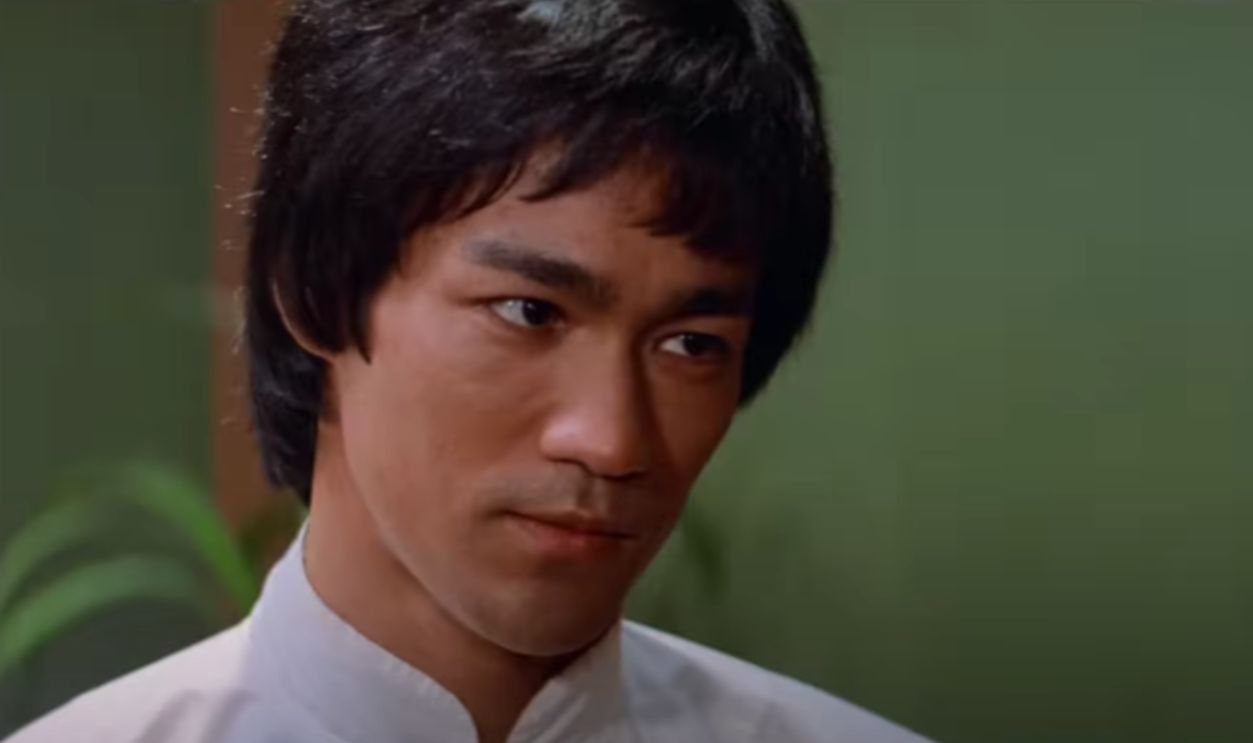 Warner Bros., Enter the Dragon (1973)
Warner Bros., Enter the Dragon (1973)
Crouching Tiger, Hidden Dragon (2000)
This lyrical epic by director Ang Lee rewrote what a martial film could be: romantic, poetic, and action‑rich in equal measure. The wirework is astonishing, and the emotional core of the actors gives added weight to the combat. This crossover success reinvigorated global audiences’ appetite for Chinese-based martial arts narratives in all their splendor.
 Sony Pictures Classics, Crouching Tiger, Hidden Dragon (2000)
Sony Pictures Classics, Crouching Tiger, Hidden Dragon (2000)
Ip Man (2008)
Starring Donnie Yen, Ip Man dramatizes the life of Wing Chun master Yip Man, Bruce Lee’s teacher. The film’s incredible fight choreography in tight spaces, layered with an absorbing historical drama, helped spur a resurgence in realistic, human martial arts films.
The Karate Kid (1984)
A gateway film for many non‑kung fu fans, The Karate Kid blends the American underdog spirit with timeless classic dojo training. The mentor/student relationship and the climactic tournament define its appeal. Its popularity continues through sequels and series updates such as Cobra Kai, attesting to the film’s cultural affection.
 Columbia Pictures, The Karate Kid (1984)
Columbia Pictures, The Karate Kid (1984)
Ong Bak: Muay Thai Warrior (2003)
Tony Jaa’s breakout film brought unarmed Muay Thai to international attention. His bone‑crunching stunts done with pure energy and without the aid of CGI left viewers gaping in amazement. Ong Bak put Thai cinema onto the global martial arts map.
 Sahamongkol Film International, Ong Bak: Muay Thai Warrior (2003)
Sahamongkol Film International, Ong Bak: Muay Thai Warrior (2003)
Fist of Fury (1972)
Bruce Lee’s portrayal of Chen Zhen battling injustice to avenge his master rings forth with a message of defiant pride. Every kick, every punch, and every dramatic confrontation set the tone for a parade of martial arts legends to follow in his footsteps.
 Michael Ochs Archives, Getty Images
Michael Ochs Archives, Getty Images
Drunken Master (1978)
Jackie Chan’s Drunken Master merges slapstick with serious kung fu technique. His comedic timing and acrobatic style marked a new path for martial arts comedy. The film is a joyful reminder that these fights can be technically brilliant and amusing at the same time.
 Seasonal Film Corporation, Drunken Master (1978)
Seasonal Film Corporation, Drunken Master (1978)
Kill Bill: Vol. 1 (2003)
Quentin Tarantino’s tribute to samurai, kung fu, and revenge genres features Uma Thurman in an ultraviolent, beautifully stylized assault. The swordplay choreography and genre fusion made this a modern martial arts classic.
 Miramax Films, Kill Bill: Vol. 1 (2003)
Miramax Films, Kill Bill: Vol. 1 (2003)
13 Assassins (2010)
Takashi Miike’s samurai epic builds to a massive 45-minute battle scene. It proves that martial arts movies aren’t always hand-to-hand; they can also be about strategy, swordsmanship, and legacy.
Hero (2002)
Zhang Yimou’s visually stunning Hero pairs epic duels with cinematography and color. Its fight scenes unfold almost like a dance, serving both narrative and beauty. The film’s philosophical undertones about sacrifice and unity elevate it beyond mere spectacle.
The Raid: Redemption (2011)
A prison-like Indonesian tower filled with enemies, The Raid is an adrenaline rush of brutality. Iko Uwais and Yayan Ruhian popularized the Indonesian martial art of pencak silat around the world through relentless, up-close combat. It’s a breakthrough in modern action realism.
 Sony Pictures Classics, The Raid: Redemption (2011)
Sony Pictures Classics, The Raid: Redemption (2011)
Ip Man 2 (2010)
Ip Man 2 marks the return of Donnie Yen, now confronted by Western boxing and sinister oppressive forces. The film juxtaposes cultural pride with physical mastery. Its climactic bouts cement its place among the great martial arts sequels.
 Mandarin Films, Ip Man 2 (2010)
Mandarin Films, Ip Man 2 (2010)
Rumble in the Bronx (1995)
Jackie Chan’s entry for Western audiences packs in a non-stop sequence of stunts, fight creativity, and charisma. His Hong Kong style translated well to urban New York settings, though the mountains seen in some of the background shots indicated that at least part of the film was shot elsewhere. The film gambled that martial arts could cross continents and win the hearts of viewers.
 Golden Harvest, Rumble in the Bronx (1995)
Golden Harvest, Rumble in the Bronx (1995)
Kickboxer (1989)
Jean-Claude Van Damme’s Kickboxer centers on vengeance and redemption in the brutal Muay Thai arenas of Thailand. Its training montages, emotional journey, and high‑impact choreography secured Van Damme’s credentials as a global martial arts icon well into the 90s.
 The Cannon Group, Kickboxer (1989)
The Cannon Group, Kickboxer (1989)
Shaolin Soccer (2001)
Stephen Chow fuses soccer legerdemain and bang-pow kung fu fist and foot action in a deliriously silly but technically creative film. Its exaggeration and irreverent humor don’t diminish martial technique but celebrate it, showing the genre’s flexibility. You can’t be serious all the time!
 Miramax, Shaolin Soccer (2001)
Miramax, Shaolin Soccer (2001)
Police Story (1985)
Jackie Chan mixes martial arts with stunt, comedy, and police drama in Police Story. Each action sequence is ingeniously constructed, making maximum use of the environment and timing. Chan defined how comedy and martial arts cinema can coexist on an equal footing.
 Golden Harvest, Police Story (1985)
Golden Harvest, Police Story (1985)
Heroic Trio (1993)
In Hong Kong’s golden era, Heroic Trio brought female martial arts talent to the forefront with vibrant costuming, kung fu, and fantasy elements. The film is still a cult classic today for its mix of imagination, heroism and stylistic fight work.
 China Entertainment Films, Heroic Trio (1993)
China Entertainment Films, Heroic Trio (1993)
Fearless (2006)
When Jet Li shows up, there's no more clowning around. His Fearless depicts the life of Huo Yuanjia, famous martial artist. The film’s intensity and climactic battles, especially against foreign challengers, are another solid entry in the more classical style of martial arts films of the past.
 China Film Group Corporation, Fearless (2006)
China Film Group Corporation, Fearless (2006)
Kung Fu Hustle (2004)
Stephen Chow’s Kung Fu Hustle mixes slapstick, cartoon action, and the traditional martial arts emphasis on discipline. Its fight choreography winks at classic Chinese martial arts while pushing the envelope on comedic violence. It’s both irreverent and deeply respectful of the genre at the same time.
 Sony Pictures Classics, Kung Fu Hustle (2004)
Sony Pictures Classics, Kung Fu Hustle (2004)
Once Upon A Time In China (1991)
Jet Li stars as Wong Fei-Hung, a martial arts legend in late Qing Dynasty China. The series revitalized martial arts narratives with patriotism, social change, and of course, dazzling fight sequences. It’s still a pinnacle of Chinese martial arts storytelling.
 Golden Harvest, Once Upon a Time in China (1991)
Golden Harvest, Once Upon a Time in China (1991)
Drunken Master II (1994)
Jackie Chan returns, 16 years older and more daring, in Drunken Master II. His fluid combos, rapid chaining of attacks, and inventive use of his environment are martial arts fan favorites that mark this film as the peak of his big-screen fighting presence.
 Golden Harvest, Drunken Master II (1994)
Golden Harvest, Drunken Master II (1994)
The 36th Chamber of Shaolin (1978)
This amazing Shaw Brothers classic introduced viewers to the rigorous spiritual and physical discipline behind kung fu mastery. Gordon Liu’s transformation from novice to monk‑warrior has been an inspiration for countless training montages across the decades, but has never been surpassed.
 Shaw Brothers Studio, The 36th Chamber of Shaolin (1978)
Shaw Brothers Studio, The 36th Chamber of Shaolin (1978)
House Of Flying Daggers (2004)
Director Zhang Yimou’s visual artistry gleams brightly in this romantic Chinese tale about love, betrayal, and loyalty. Its ballet-like duels and stunning landscapes place swordplay back into its original context in epic poetry.
 Edko Films, House of Flying Daggers (2004)
Edko Films, House of Flying Daggers (2004)
The Matrix (1999)
Blending philosophy, cyberpunk, and kung fu, The Matrix used Hong Kong choreography by Drunken Master director Yuen Woo‑ping to reimagine sci-fi action cinema. Its wire‑fu sequences had a major influence on Western filmmaking and inspired a generation of stylized combat.
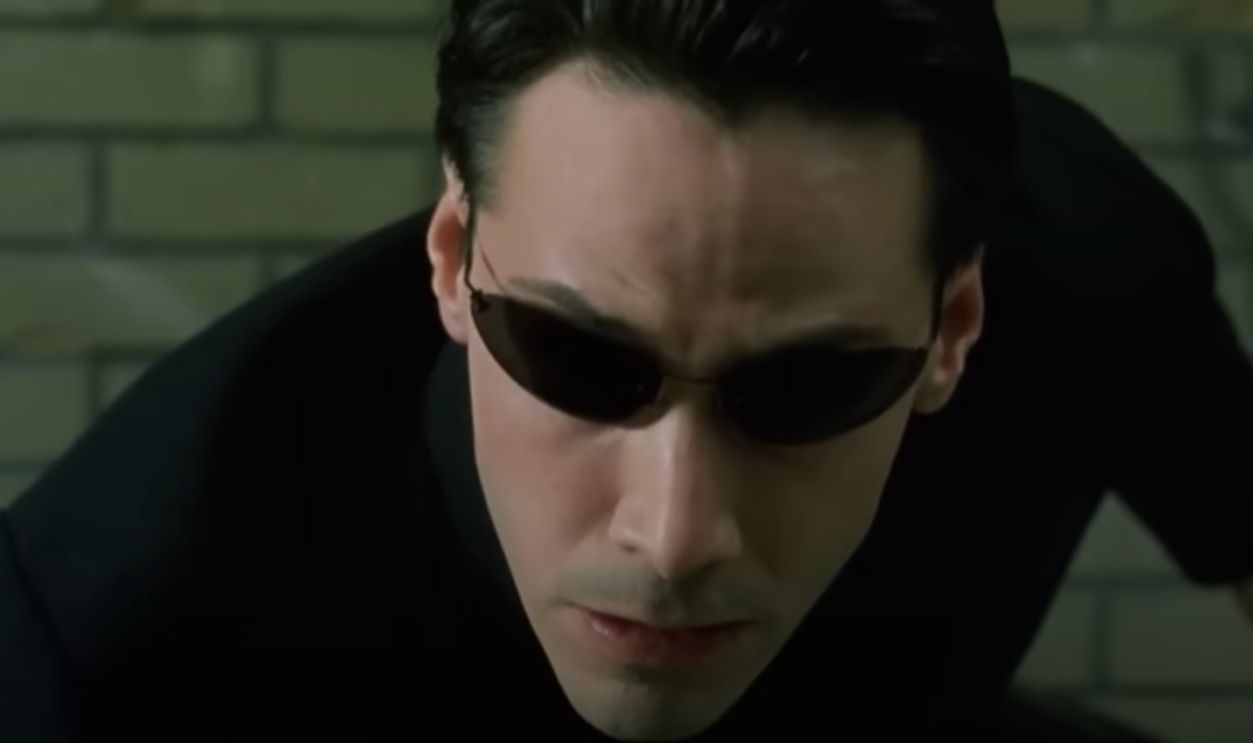 Warner Bros., The Matrix (1999)
Warner Bros., The Matrix (1999)
Way of the Dragon (1972)
Bruce Lee’s Way of the Dragon features his iconic face‑off with Chuck Norris inside the Colosseum. The fight’s raw intensity and the obvious mutual respect between combatants encapsulate Lee’s training and fighting philosophy of efficient movement, adaptability, and heart.
 Golden Harvest, Way of the Dragon (1972)
Golden Harvest, Way of the Dragon (1972)
You May Also Like:

